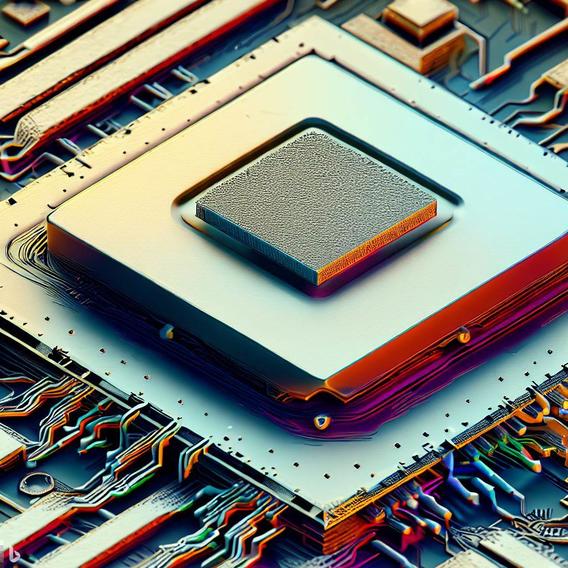
It is said that engineers are currently unable to make spintronic devices smaller than twenty nanometers due to loss of information at that scale. This is even despite successes that the semiconductor industry has had with integrating spintronic materials with semiconductor chips in past decade and beyond. However, our spintronics research team has been able to overcome this scaling problem by exploiting the greater energy efficiency of iron palladium, as an alternative material to conventional cobalt iron boron. In manufacturing, iron palladium can be used to push the limits of bigger data storage and improve the resolution of spintronics down to five nanometers.
“This work is showing for the first time in the world that you can grow this material, which can be scaled down to smaller than five nanometers, on top of a semiconductor industry-compatible substrate, so-called CMOS+X strategies,” said Deyuan Lyu, first author on the paper and a Ph.D. candidate in the University of Minnesota Department of Electrical and Computer Engineering.
Professor Wang said, “this means Honeywell, Skywater, Globalfoundries, Intel, and companies like them can integrate this material into their semiconductor manufacturing processes and products”. “That’s very exciting because engineers in the industry will be able to design even more powerful systems,” hinting at the positive outlook for the next decade of spintronics manufacturing.
The details of the experiments performed in our lab are reported in the paper “Sputtered L10-FePd and its Synthetic Antiferromagnet on Si/SiO2 Wafers for Scalable Spintronics,” published in Advanced Functional Materials.
This breakthrough news is covered by UMN CSE, Semiconductor Engineering, Science Daily, and electronicsforu.com
